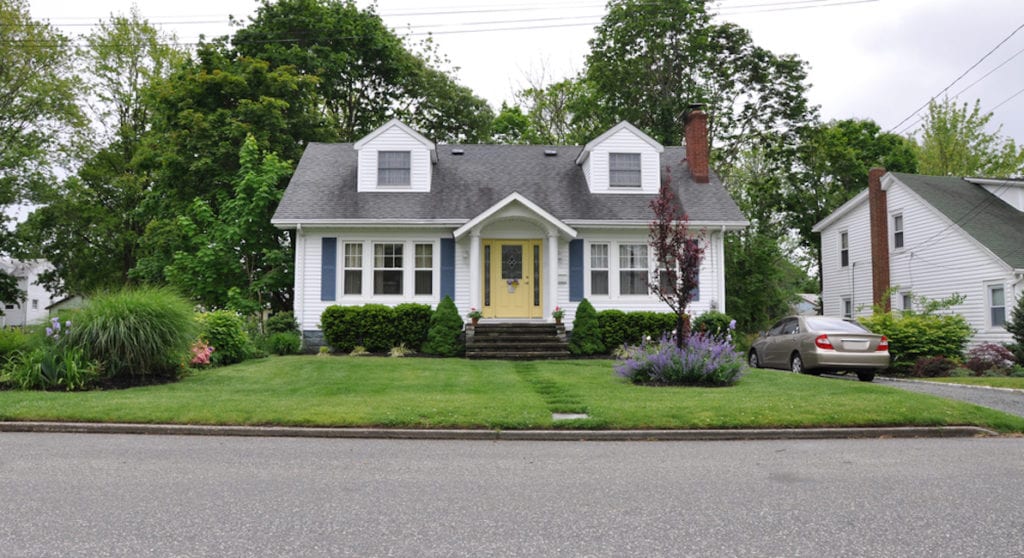Fannie Mae and ANSI – Measuring to the New Standard
Appraisers that develop an appraisal report for Fannie-Mae, now are required to measure properties to ANSI® Z765-2021 (American National Standards Institute®). If you are an appraiser, its likely you’ve taken continuing education regarding the changes moving forward.

For people of the public scratching their head wondering why the appraiser presented the living area in a strange manner (some capes or properties where the 2nd fl does not have at least 7′ ceiling heights within half the floor space), you’ll be pleased to know they are required to do so per ANSI standards.

Why does ANSI Make This Height Distinction?
Inspecting and appraising thousands of properties, one fact is undisputed. All living area is not created equally. While ANSI does not use GLA (gross living area) within their guidelines, they do layout what finished living area is to consist of. Now with particular styles (bungalow, cape code, salt box, and some contemporaries), certain portions of the property have a diminished livability.
Obvious diminished livability would be an open foyer as clearly there would be no area to count as living area on the second floor. However with a colonial where its typical to see the same footprint stacked on top of each other, the feel of the second floor does not feel much different that the first floor. With bungalow or cape-cod styles, the second floor has a diminished utility when approaching the knee-wall space. Arguably, this space on the second floor that is below 5′ in ceiling height could be used for a night stand or a dresser however it is clear that it does not provide the same feel as the remaining portions of the property. The intent with ANSI is to compare similar areas to each other. The issue arises with appraisers that sometimes, it is extremely difficult (if not impossible) to discern what the 2nd floor living area is on comparable properties (properties that are to be compared to). This has led to confusion as to how to represent 2nd floor living area within these style properties.
Fannie-Mae has issued some guidelines discussing this very detail to help alleviate the confusion. It is important to remember that the intent is to standardize the measurement process and value similar areas accordingly.
Tax Records and ANSI Don’t Jive
According to a local assessor, your property or a comparable property may be measured to the nearest foot. Second floors (especially cape, bungalow and alike) are approximated so how is measuring to the nearest tenth of a foot and comparing to such helpful?
Personally I do believe this is a strong argument as many buyers do look at the assessor’s value for living area which is commonly rounded. Comparing it to others that are similarly rounded makes sense. Clearly, if there is an obvious discrepancy (addition, open foyer areas, or unfinished sections), deviating from this is sensible however if appraiser’s only have access to comparable properties that are rounded to the nearest foot and the appraised property is measured to the nearest tenth of a foot, what sense does that make?
Speaking to many appraisers, it comes down to being as accurate as you can with the measurement of the subject property. In all actuality, if the assessor rounded to the nearest foot and the appraiser is measuring to the nearest tenth of a foot, the variance can be rather nominal. In the image above, this was a smaller ranch with slight variance (less than 1%). Granted, this is a smaller property however the intent is to demonstrate that even though the a more specific measurement is made, the final value opinion likely will not be impacted.
Its important to understand that Fannie Mae is the first to make this move in the standardization of measurements for lending. This is still in the infancy stages and it likely will be adopted by other entities (HUD, VA, etc). While there are several tools to use for home measuring, the laser measure leaves little room for error. Some are very affordable. If you are an appraiser that does not utilize a laser, it is time to challenge yourself to make the change. Please see our post regarding the best laser measure for appraisers.

